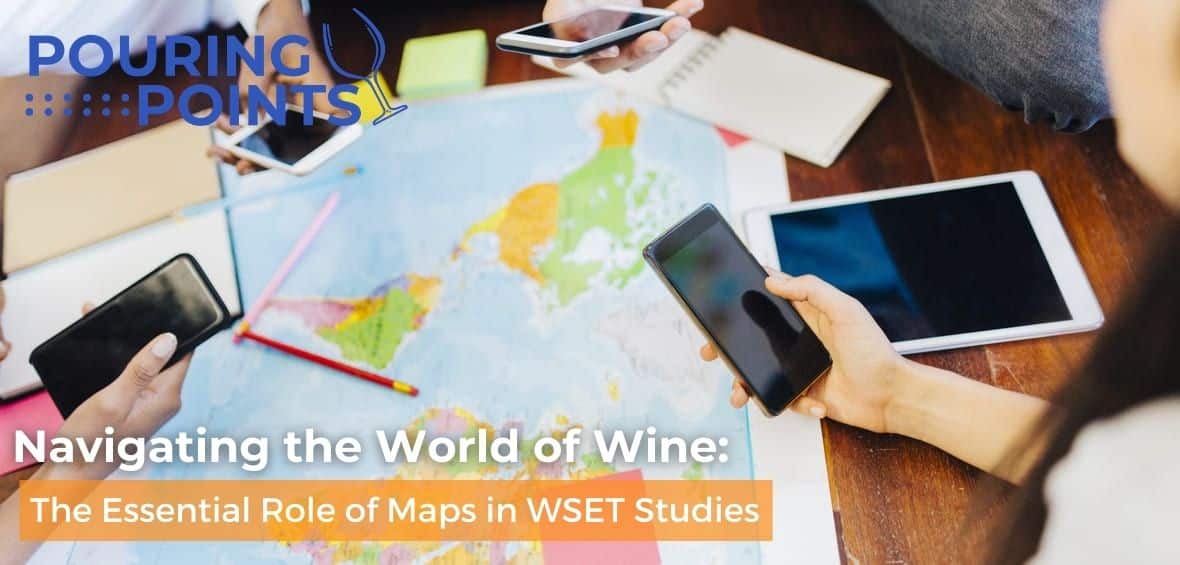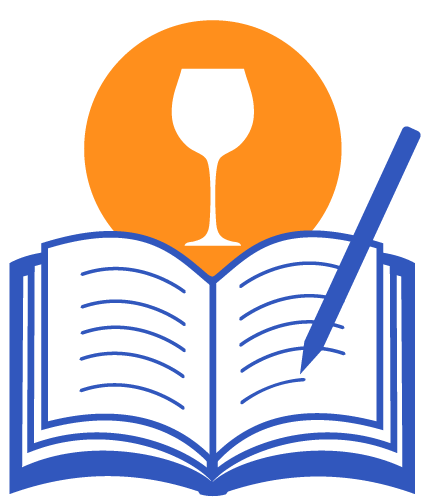In the complex world of wine studies, maps are not just tools for navigation; they are essential instruments for understanding the diverse tapestry of wine regions. For students engaged in Wine & Spirit Education Trust (WSET) courses, maps offer a visual guide to the complexities of terroir, climate, and regional characteristics that define the wine-making process. These visual aids transform abstract concepts into tangible realities, making learning more interactive and engaging.
The Importance of Maps in WSET Courses
Maps in WSET courses serve as a foundational tool, detailing the geographical boundaries and topographical features of wine regions. They provide context to the size, location, and unique characteristics of each area, helping students to visualize where and how specific wine varieties are cultivated. This visualization aids in the retention of information and fosters a deeper understanding of global wine diversity.
Effective Maps in Viticulture
Effective maps are crucial in illustrating natural features like bodies of water, mountain ranges, and other topographical elements. These elements significantly influence grape growing, impacting the microclimates and, ultimately, the style and quality of the wine produced. Accurate maps help students understand the intricate relationship between the environment and wine production.
Topographical Influence on Viticulture
Maps are invaluable in demonstrating how topography influences viticultural choices, including grape variety selection. Students learn why certain grapes thrive in high altitudes or latitudes and how these conditions differ from those in lower or more temperate zones. Understanding these geographical factors is key to appreciating the complexity of wine flavors and aromas.
Appellations and Wine Laws
Maps play a crucial role in understanding appellations and wine laws. By illustrating the natural boundaries that often define these appellations, students gain a clearer picture of how landscapes and topographical features shape the legal and cultural framework of wine production. This understanding is crucial for those pursuing a career in the wine industry, where knowledge of appellations and laws is essential.
Social and Cultural Insights
Beyond climate and geography, maps also shed light on social and cultural aspects of wine-making regions. They help students understand how physical barriers and proximity to water bodies have influenced the wine trade, migrations, and the development of viticulture in various areas. These insights add a rich, cultural dimension to the understanding of wine.
Supplementary Map Resources
Napa Valley Wine Academy provides an array of both flat and topographical maps to supplement WSET course materials. These additional resources, available through NVWA Membership, enhance the learning experience by offering more detailed and interactive ways to study wine regions. This comprehensive approach ensures that students have the best tools at their disposal for their wine education journey.
Visiting Wine Regions: The Ultimate Experience
While maps provide a foundational understanding of wine regions, the ultimate learning experience comes from visiting these areas. Such visits allow students to connect the theoretical knowledge gained from maps with the sensory and experiential aspects of wine tasting and appreciation. This combination of theory and practice is invaluable in developing a well-rounded understanding of wine.
Maximizing the Use of Maps in Wine Education
To fully leverage maps in wine education, students should actively integrate them into their study routines. For example, when learning about a specific wine region, such as Bordeaux, students can refer to a detailed map to identify its sub-regions, rivers, and topography. This helps in visualizing how geographical features like the proximity to the Atlantic Ocean or the Garonne or Dordogne rivers influence the local microclimate and, subsequently, the wine’s characteristics. Additionally, comparing maps of different regions, such as the North and Southern Rhône Valley, can offer insights into how varying topographies create distinct wine styles. Students might also benefit from creating their own annotated maps, noting key aspects like grape varieties predominant in each region or historical events that shaped the wine culture there. This active engagement with maps not only aids in memorization but also deepens the understanding of the complex interplay between geography and viticulture.
Maps are more than mere geographical representations; they are vital educational tools in the world of wine studies. For students pursuing WSET courses, maps offer a window into the diverse and intricate world of wine, enhancing their understanding and appreciation of this fascinating subject. They bridge the gap between academic study and real-world application, making them indispensable in the journey of wine education.














